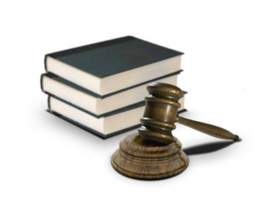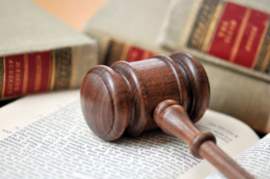
The Constitutional Convention of 1787

Popular In Constitution
Purpose Of Lifetime Appointment And Pros And Cons Enumerated Powers Bicameral Legislature Background Article 3 Of The Constitution We The People 1st Amendment Who Wrote The Constitution Judicial Review Equal Protection Clause Three Fifths Compromise 10th Amendment 5th Amendment
The Constitutional Convention took place in 1787 in Philadelphia, PA. It was one of the primary instances of the gathering of delegates from the collective state of the Union. The Constitutional Convention was comprised of 55 delegates from 12 of the 13 states of the Union. Rhode Island, protesting the proposed ideals set forth in the Constitution, refused to send any delegates.
The Constitutional Convention was presided over by George Washington, a delegate from Virginia, and the future first President of the United States. The actual content of the Constitution is considered to be a conglomeration of ideas contributed by various politicos of that time, including Thomas Jefferson, James Madison, Thomas Paine, and John Adams.
Due to the unrest caused by the gubernatorial system put in place by the Articles of Confederation, which consisted of a weak central government coupled with each state maintaining its individual sovereignty, many political figureheads of the time held that there needed to exist a vast restructuring of the governmental model serving the newly-formed United States of America. The initial realization of the importance of this overhaul was brought to light during a meeting held by George Washington at his home in Mount Vernon, Virginia, which focused on creating a mandated plan regarding the navigation of the Potomac River.
Due to the fact that the Potomac River runs through multiple states, the establishment of a definitive plan was difficult due to the absence of any national policy. Each state had individual agency in the creation of laws and statutes regarding any events that took place within their respective borders. As a result, the fact became clear that additional legislative power needed to be afforded to the central government in order to eradicate confusion due in part to legislative inconsistency that was occurring on national level.
In the wake of the Federalist ideals set forth by Alexander Hamilton, the establishment of the Constitutional Convention was to solidify an all-encompassing legislative process, which balanced power between State and governmental bodies. However, despite what some political figureheads and citizens alike viewed as glaring inefficiencies existing in the midst of the governmental structure set forth in the Articles of Confederation, other citizens of the United States felt that both the ability for individual states to exists as sovereign entities, as well the lack of central government, allowed for a heightened sense of agency and autonomy within the scope of a conglomeratic framework.
As a result of the an initial impasse on the part of various states - larger states and smaller states were amongst those who failed to arrive at an initial meeting of the minds - various legislative addenda was submitted to the text of the Constitution of the United States with the hopes of establishing a legislative methodology that would satisfy the needs of both larger states, as well as their smaller counterparts. In addition, issues such as slavery and individual state legislative representation were amongst the most largely debated during the Constitutional Convention.
NEXT: The Goals of the Federalist Party




















